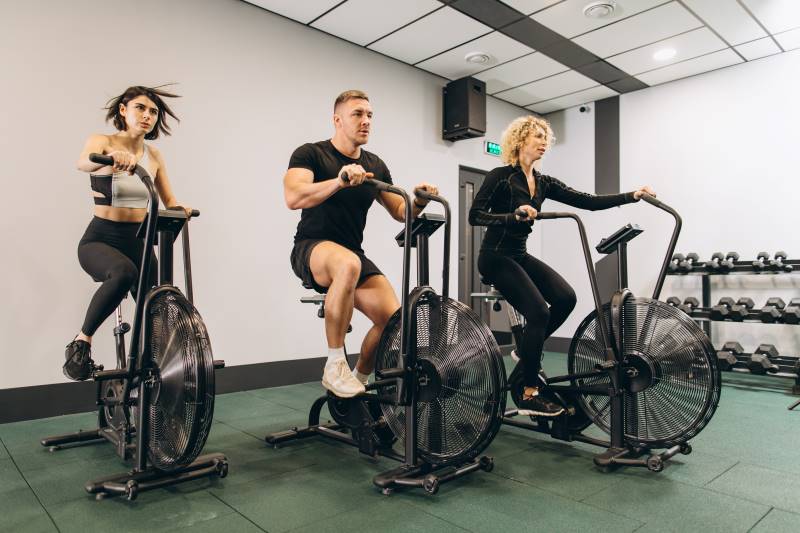Unveiling the Secrets to Optimal Cardiovascular Training
Cardiovascular training is crucial for overall health and fitness, and varying the intensity levels can lead to different outcomes. Here are three methods of cardio training and why you should incorporate them into your routine:
- Cardiac Output Training: This should form the majority of your cardio routine, constituting about 80% of your total cardio time. This type of training is done at a relatively low intensity, around 65-75% of your maximum heart rate (Max HR), or at a pace where you can easily pass the “talk test” – meaning you can hold a conversation without struggling for breath. Aim for about 90 minutes per week spread over 2-3 sessions, with each session lasting 30-60 minutes. Activities like using an elliptical, biking, or stair climbing are ideal for this type of training. Unless you’re a highly efficient runner, running may be too intense for this zone.
- Aerobic Interval Training: This is a step up in intensity from cardiac output training but is still sustainable for longer durations. Aim for about 75-85% of your Max HR, which would feel like a 7 on a scale of 1-10 in terms of effort. This type of training should be done in sets of 5-10 minutes at a time, with 3-5 minutes of rest between sets, and aim for 2-5 sets per workout. You can mix modalities such as using cardio machines or setting up circuits with exercises like kettlebell swings, battle ropes, and med ball slams.
- High-Intensity Interval Training (HIIT): HIIT involves going all out, as hard as you can, for a short period of time, followed by a rest or very low-intensity period. This should be done at about 85-100% of your Max HR, or at an effort level of 8-10 on a scale of 1-10. You should only be able to say a word or two at a time during the work intervals. Choose exercises you’re proficient at, like biking, sled pushing, battle ropes, or jumps. Work intervals should be very short, around 15-30 seconds, followed by a rest period that is 4-8 times as long as the work interval, or until your heart rate drops back down to around 65% of Max HR. This type of training should only make up about 10-20% of your total cardio training.
Finding the right mix of cardio training can significantly enhance your overall fitness and health. By adjusting the intensity levels to match your fitness level and goals, you can make steady progress towards improving cardiovascular fitness, performance, and body composition. With a balanced approach, you can achieve great results and maintain long-term health and wellness.




